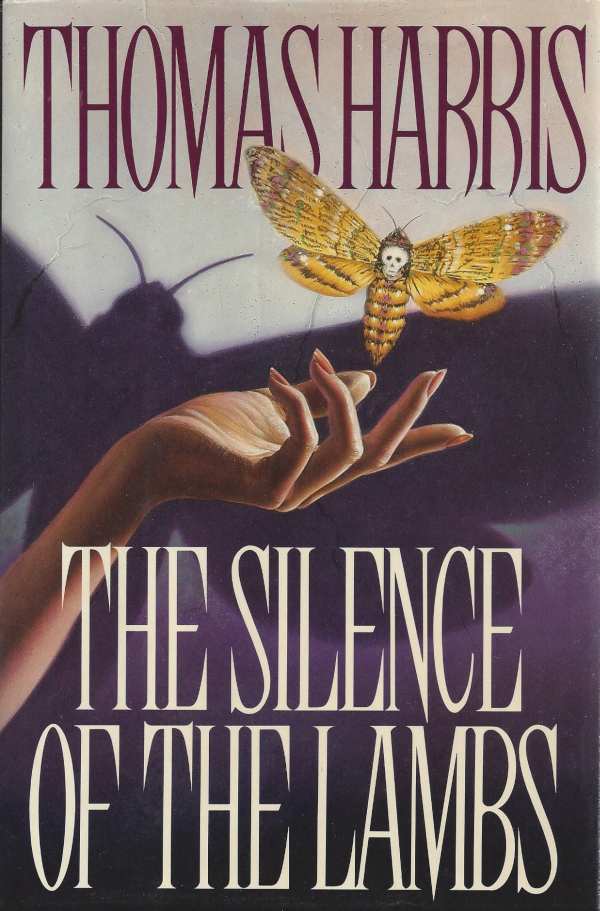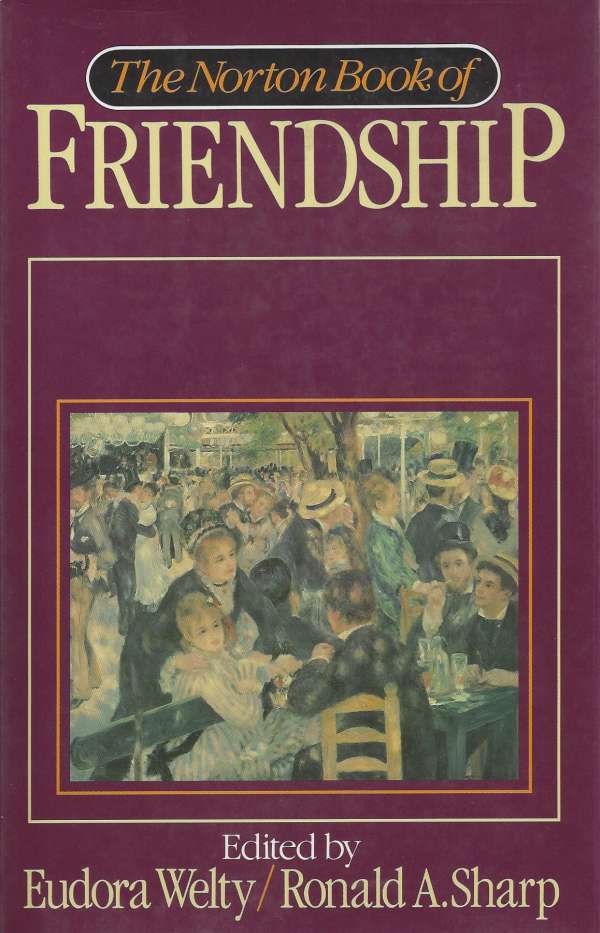 “The Norton Book of Friendship” edited by Eudora Welty and Ronald A. Sharp. New York: Norton, 1991.
“The Norton Book of Friendship” edited by Eudora Welty and Ronald A. Sharp. New York: Norton, 1991.
Eudora Welty and Ronald Sharp edited the “The Norton Book of Friendship” which contains more than 270 selections on the subject of friendship dating from antiquity to the end of the nineteenth century.
“The Book of Friendship” was put together in a conference room in the old Sheraton hotel in Jackson. Sharp recalls their editing process in his Introduction:
“Who has the fiercer rage for order, the artist or the scholar, is hard to say. But it was Eudora who had the brilliant idea of renting the Windsor Room. When she writes fiction she puts bits and pieces of stories and novels into a file, and when she is ready to start shaping the material, she spreads out the scraps of paper on a bed or a table or the floor, so she can see it all in one place, and then she actually ‘pins’ together the various pieces into a whole. ‘Shaping a book is a physical process,’ she says, and that is precisely what we discovered that afternoon in the Windsor Room.”
Welty and Sharp’s brilliant anthology includes letters and invitations from Colette, Raymond Carver and Samuel Johnson; poetry from Homer, Langston Hughes, Richard Wilbur, and Anne Sexton; Chapters from the Bible; Sonnets from Shakespeare; short stories from Chekhov, Tolstoy and William Maxwell; and too many other unexpected pieces to mention.
As Welty finished her Introduction to “The Book of Friendship,” she included a note to Sharp referenced in Marrs’ biography of Welty: “’The [Persian Gulf] war is so ghastly that nobody can feel very balanced about much, but it’s a good thing, ain’t it, that we’ve got Friendship.’”
“The Norton Book of Friendship” continues to be a treasure and a refuge for readers. Once you have one yourself—you find that it makes a wonderful gift. By the time “The Book of Friendship” was published, Welty was 82 years old and not doing very many public signings, so signed copies of this book are very rare and valuable to collectors.
Written by Lisa Newman, A version of this column was published in The Clarion-Ledger’s Sunday Mississippi Books page.


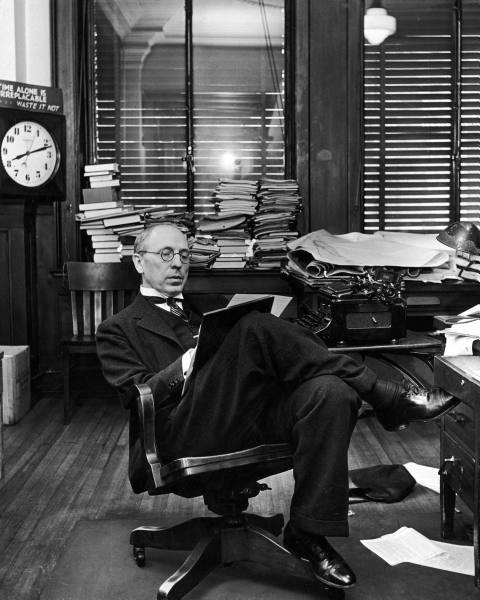 As editor of the Richmond News Leader, Freeman spends the next few hours organizing, composing letters and World War I editorials. By 8:00, it is time for his daily radio broadcast, then the daily conference with the newspaper staff. At noon, a nap. By 2:30, he turns his attention to his life’s work: writing the multi-volume biography of Robert E. Lee. Freeman settles to bed at 8:30 to begin the next day with the same intensity. With these details meticulously documented in David Johnson’s biography of Freeman, it’s not surprising that Freeman wrote late in life that he expected “to die with a pen in [his] hand.”
As editor of the Richmond News Leader, Freeman spends the next few hours organizing, composing letters and World War I editorials. By 8:00, it is time for his daily radio broadcast, then the daily conference with the newspaper staff. At noon, a nap. By 2:30, he turns his attention to his life’s work: writing the multi-volume biography of Robert E. Lee. Freeman settles to bed at 8:30 to begin the next day with the same intensity. With these details meticulously documented in David Johnson’s biography of Freeman, it’s not surprising that Freeman wrote late in life that he expected “to die with a pen in [his] hand.”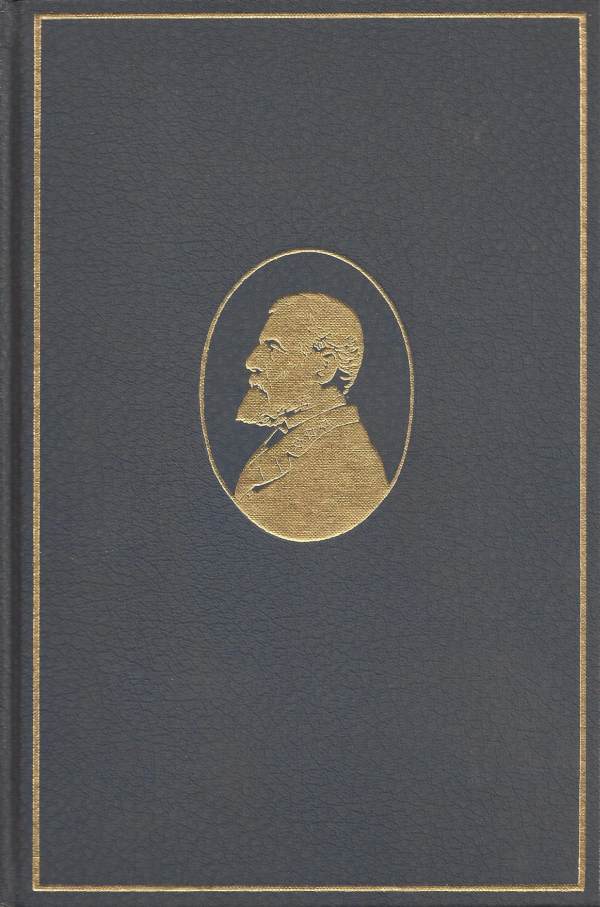
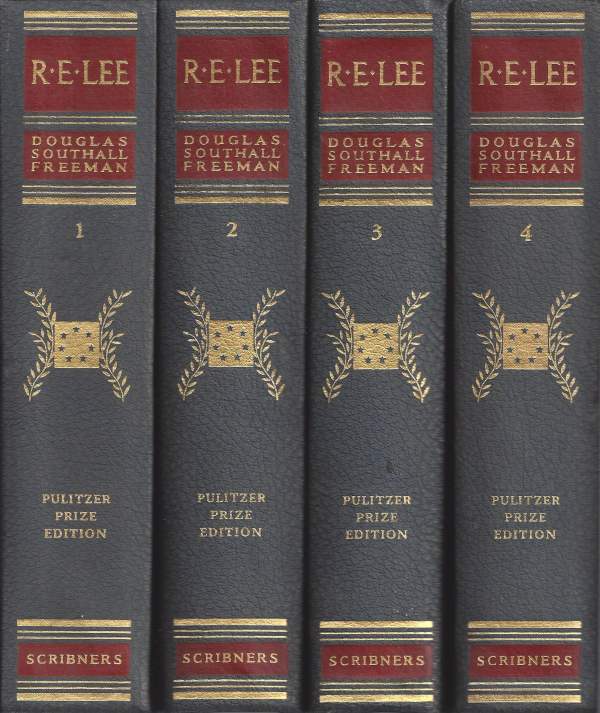
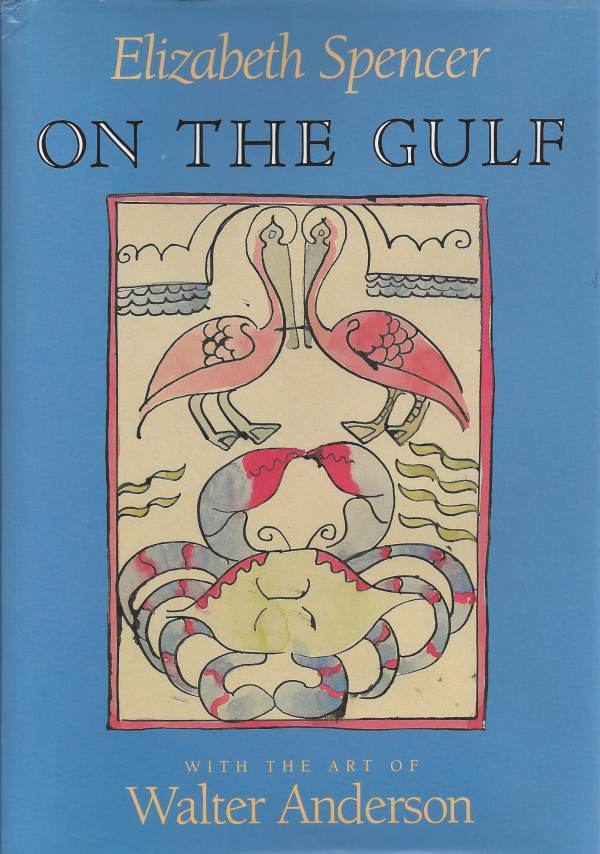
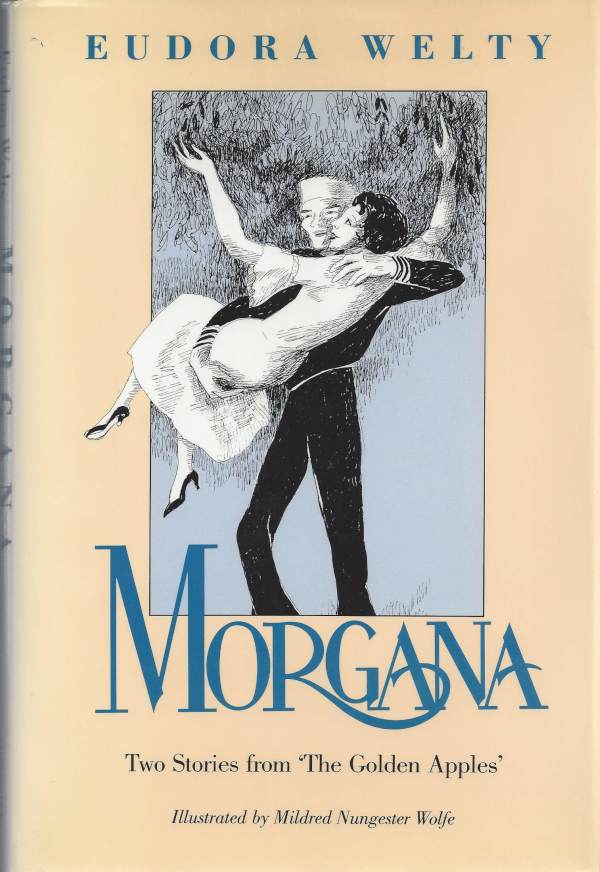
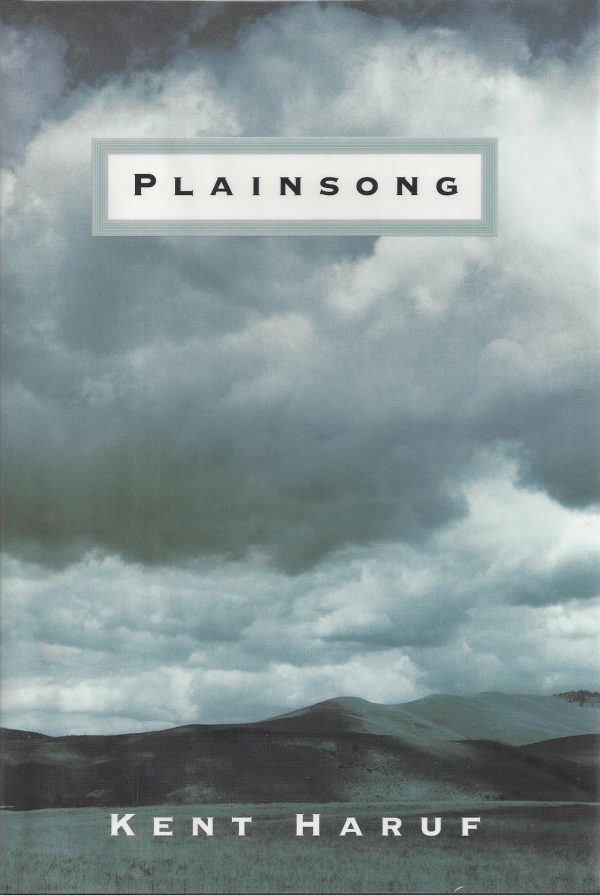
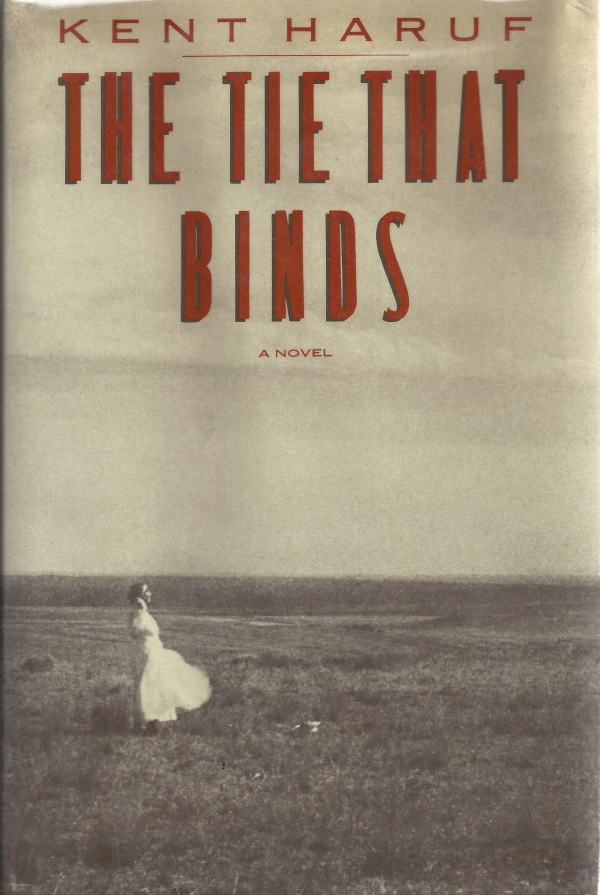
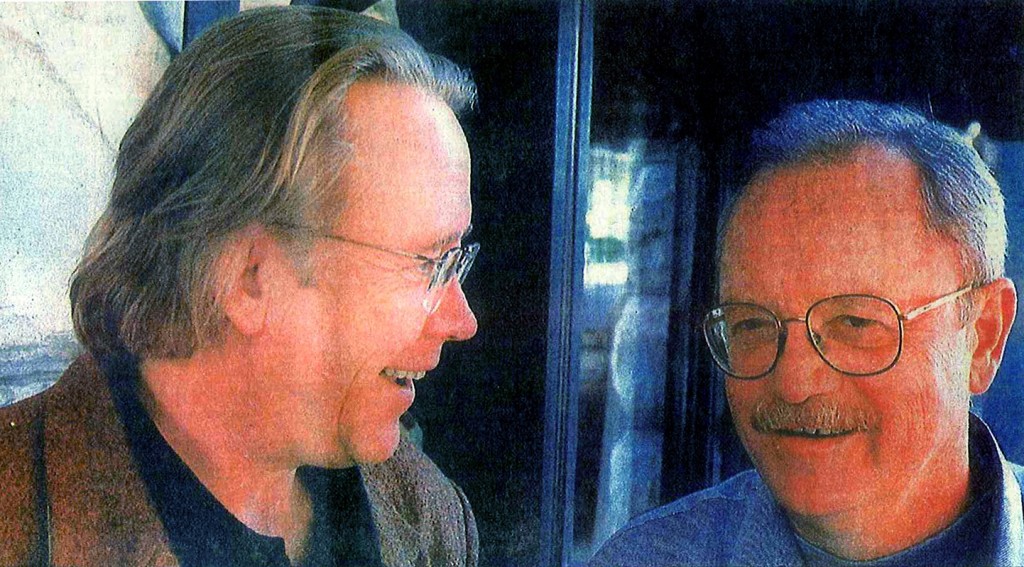 In 1998 Haruf’s agent sent “Plainsong” to Knopf, and Gary Fisketjon became his editor. Besides the intense yet never overbearing editing that Fisketjon offered, the two developed a friendship over part of Haruf’s 15-city author tour. “Plainsong” received a National Book Award nomination as well as adoration from a growing fan base. Fisketjon recalls on his blog, “
In 1998 Haruf’s agent sent “Plainsong” to Knopf, and Gary Fisketjon became his editor. Besides the intense yet never overbearing editing that Fisketjon offered, the two developed a friendship over part of Haruf’s 15-city author tour. “Plainsong” received a National Book Award nomination as well as adoration from a growing fan base. Fisketjon recalls on his blog, “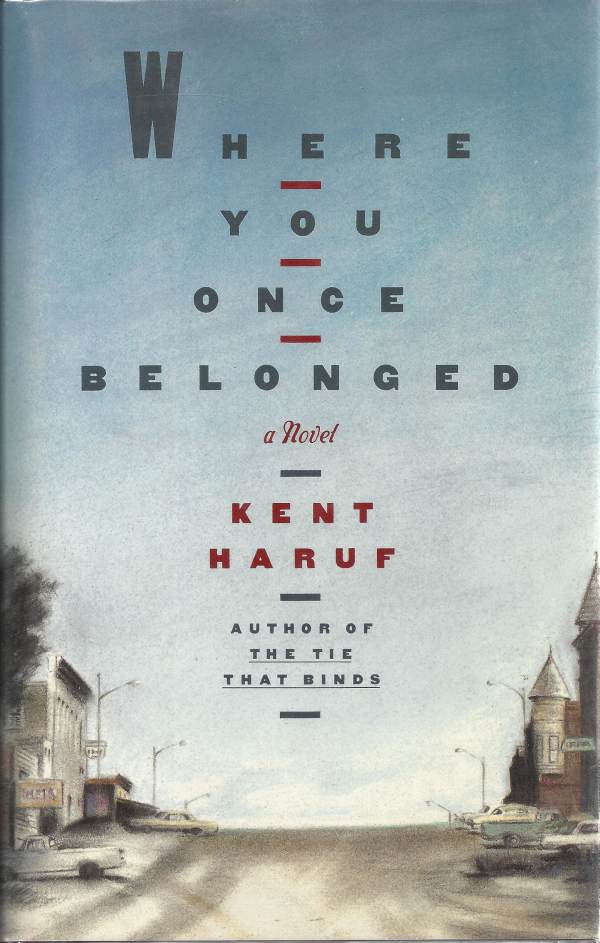
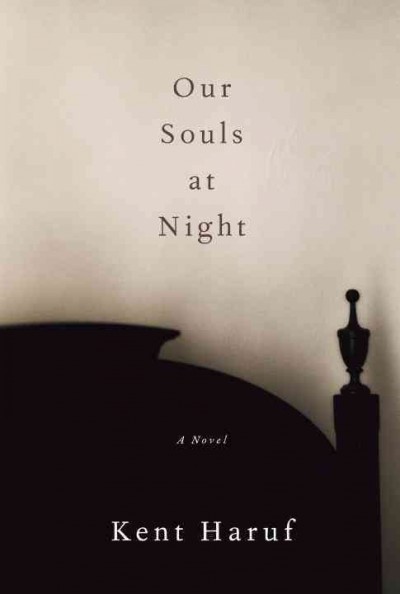
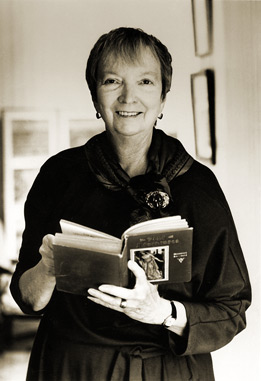
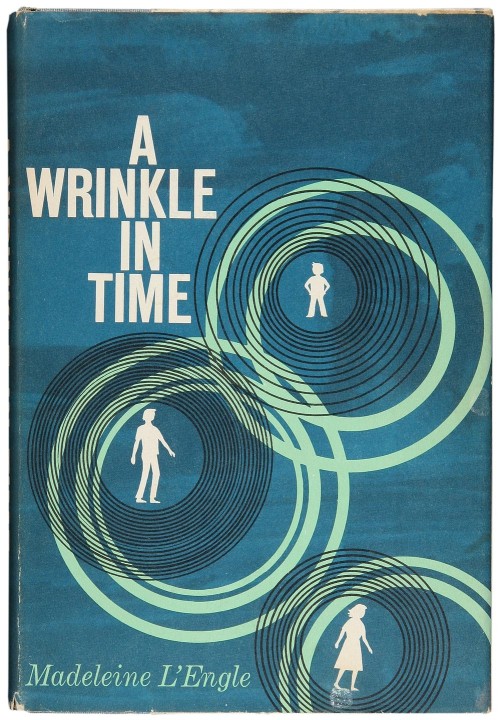


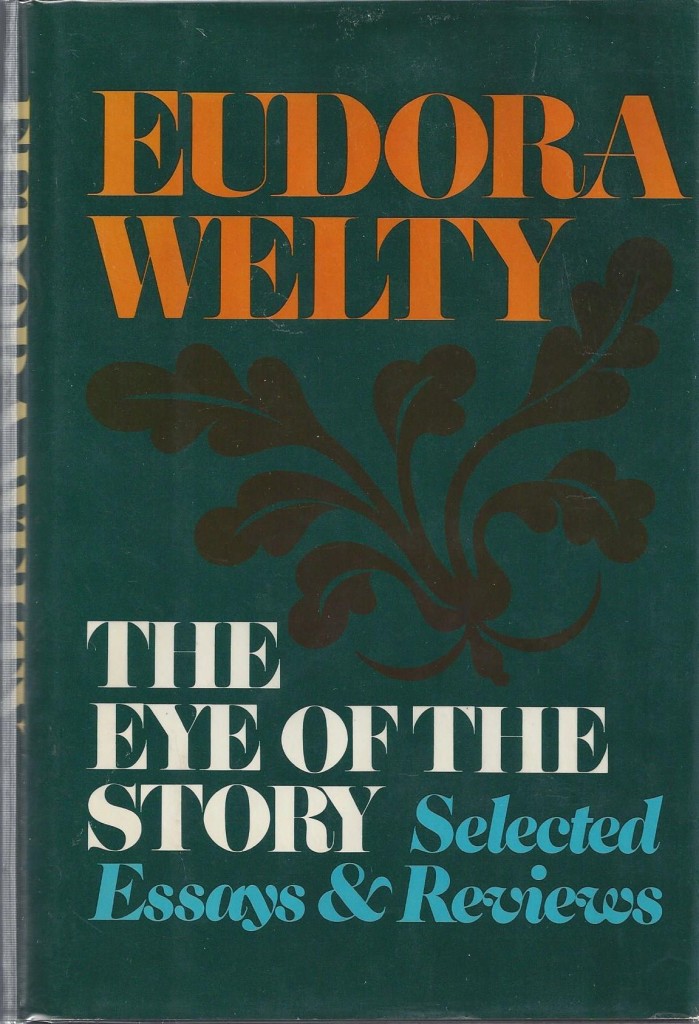
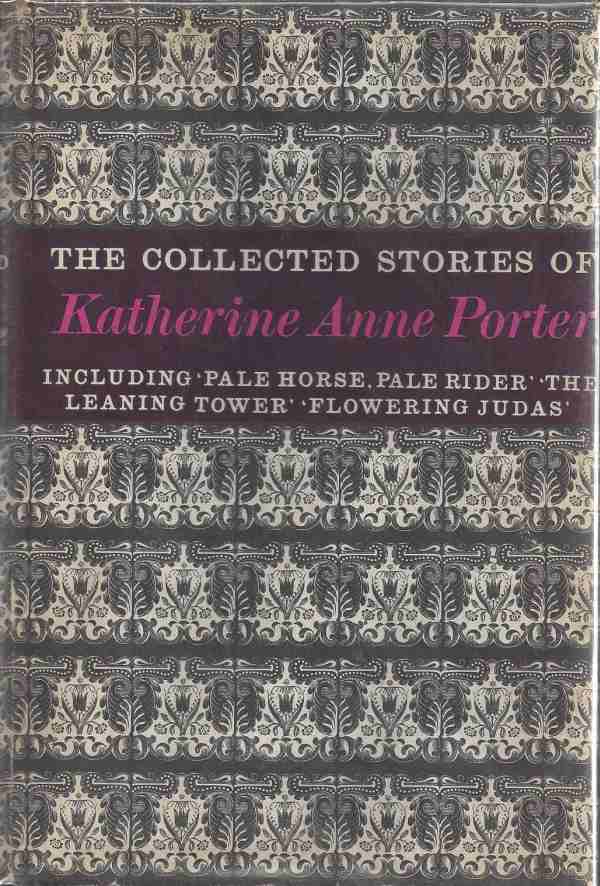
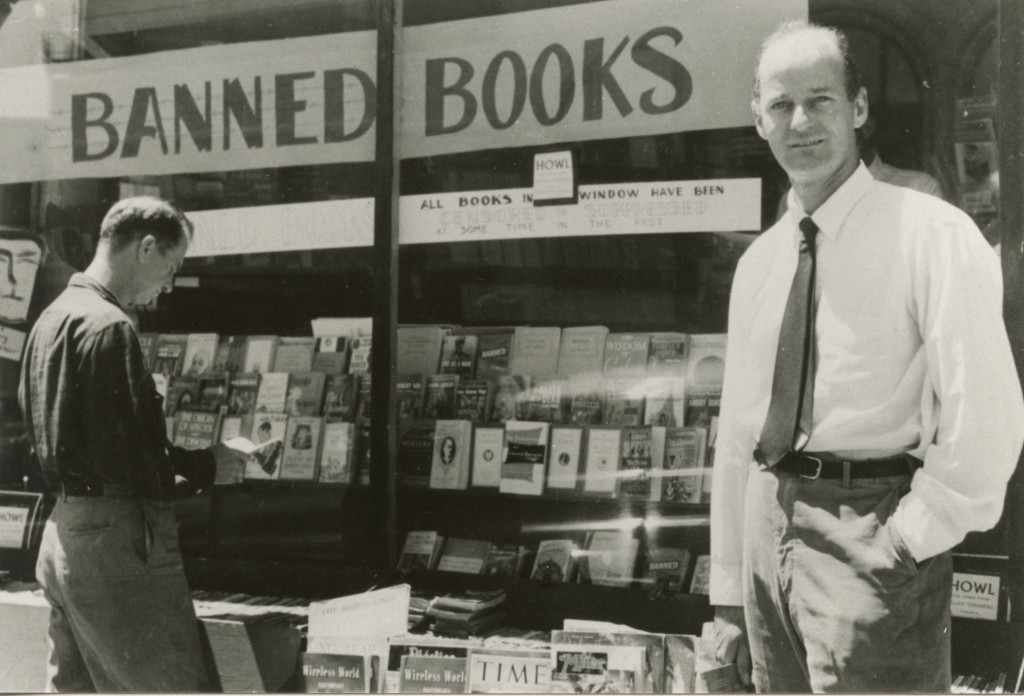 Three hundred and fifty independent bookstores across America celebrate their tenacity and appreciation for their customers on Saturday, May 2—including Mississippi Independent Bookstores.
Three hundred and fifty independent bookstores across America celebrate their tenacity and appreciation for their customers on Saturday, May 2—including Mississippi Independent Bookstores. 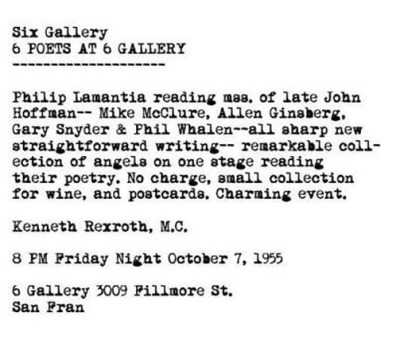

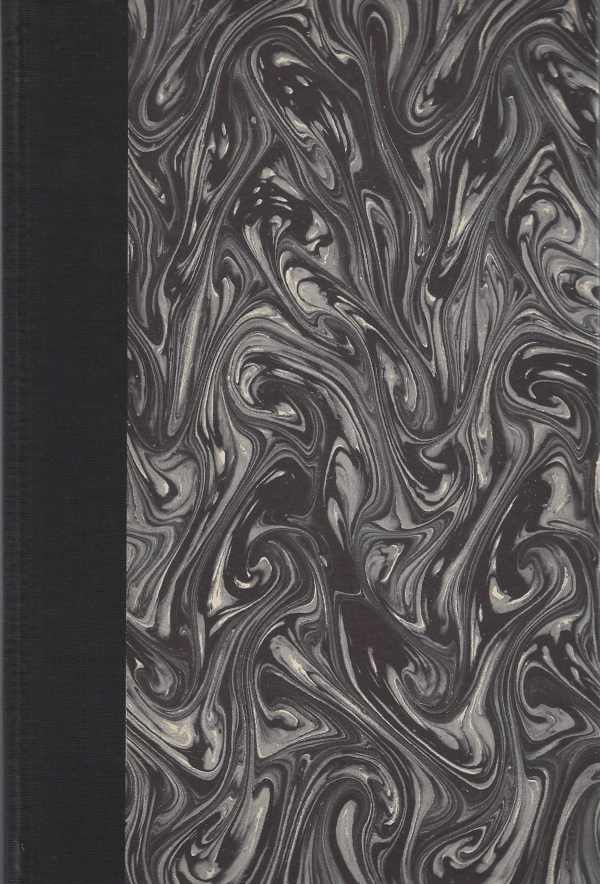
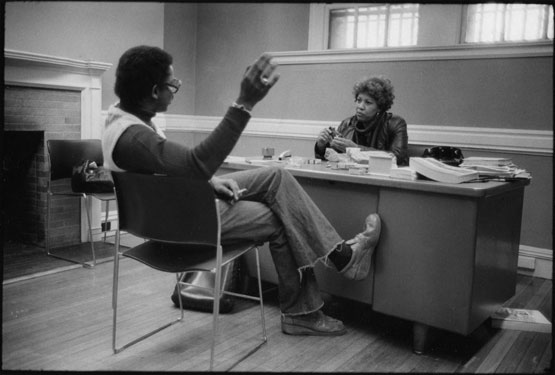
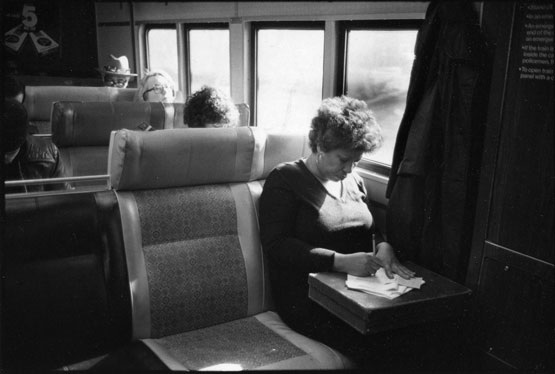
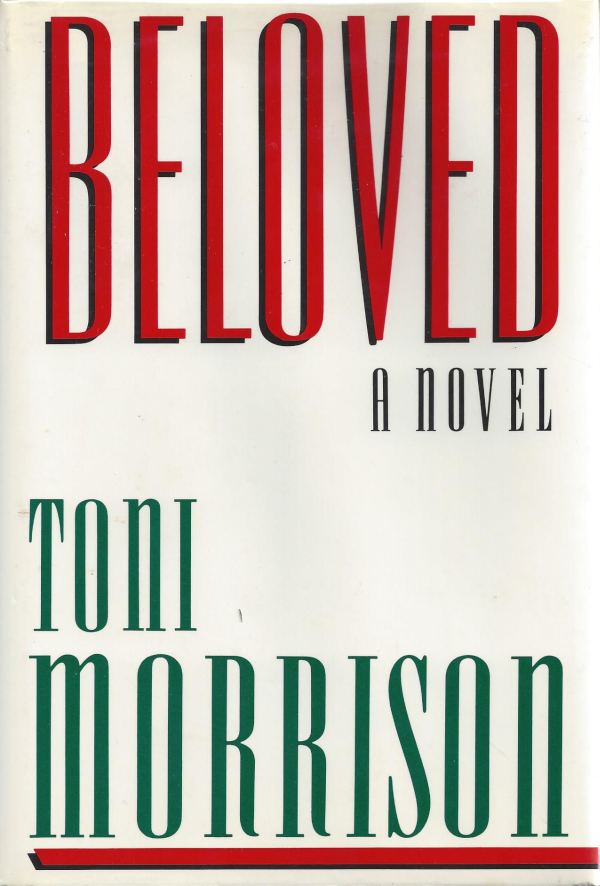
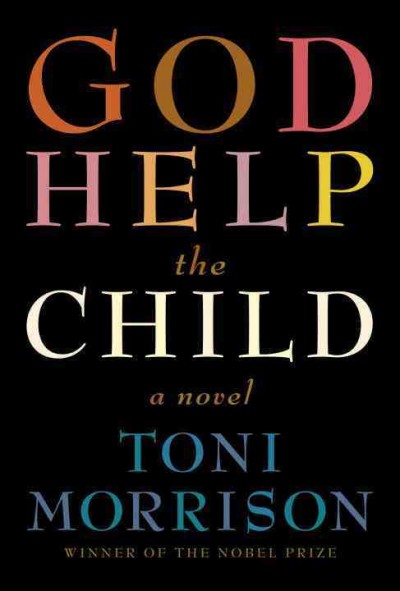
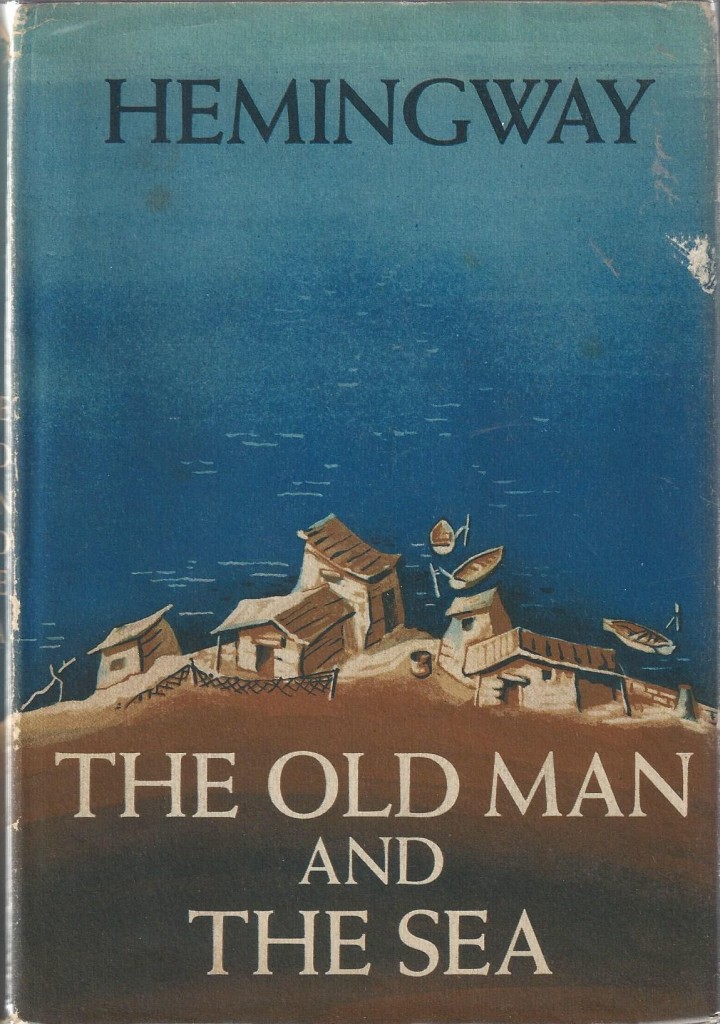
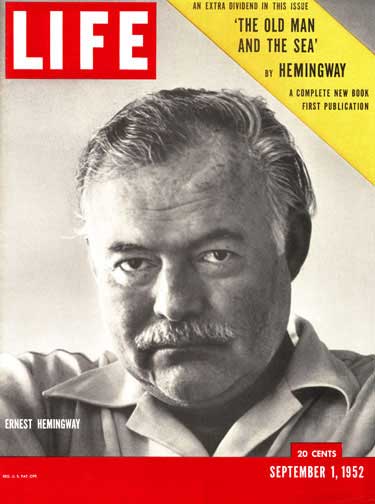 Hemingway wrote to Daniel Longwell, LIFE Editorial Board Chairman:
Hemingway wrote to Daniel Longwell, LIFE Editorial Board Chairman: 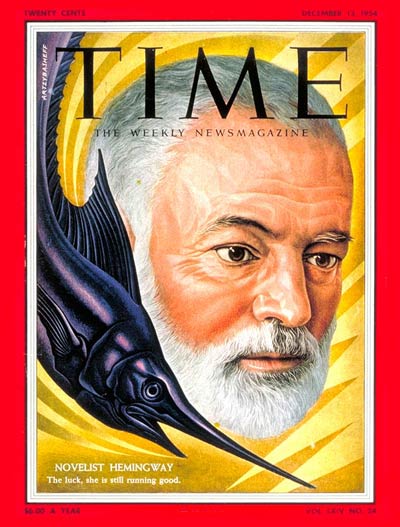 After winning the hearts of Americans, the Pulitzer and Nobel Prizes, Hemingway reflected on the novel in a December 1954 interview with Time magazine:
After winning the hearts of Americans, the Pulitzer and Nobel Prizes, Hemingway reflected on the novel in a December 1954 interview with Time magazine:

